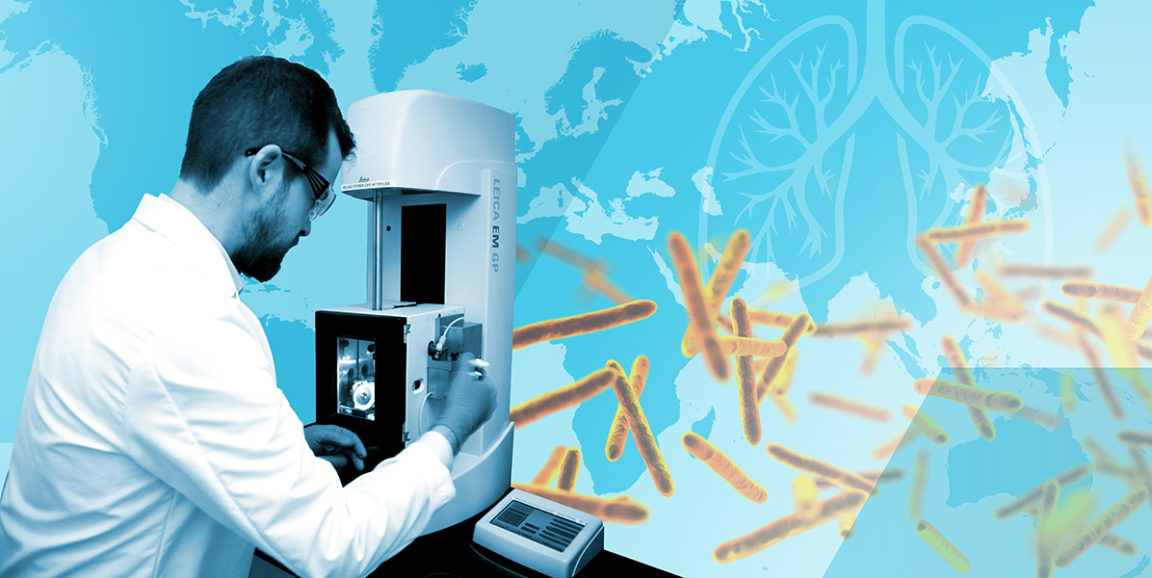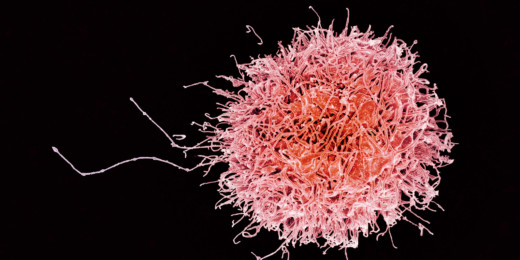Usually, discovering the structure of a protein is a step on the way to something bigger. It's a key step to be sure -- you can't design a drug to treat the flu if you don't know what influenza viruses and their associated proteins look like -- but it's still ordinarily a milestone on the way to the more exciting end result.
Cornelius Gati, PhD, a Panofsky Fellow at SLAC National Accelerator Laboratory, seems to have found an exception to this rule.
Using a technique called cryo-electron microscopy, he and his colleagues examined a protein they knew to be important to the bacteria that causes tuberculosis. They found something odd: the molecule, an importer protein responsible for shuttling materials into tuberculosis bacteria cells, had an enormous cavity inside. It was unlike anything anyone had seen in this class of molecules.
That, Gati and others told me, suggests that unlike other importer proteins, this one might be a generalist, capable of transporting a wide variety of molecules. But the team needs to do more work to understand exactly what can get in and out of the cavity.
As I explain in a story for SLAC:
Even then, the team will not know what the molecule actually does transport in practice. Future structural studies and biochemical screens, Gati said, could help answer those questions, although they will not be easy: Tuberculosis bacteria tend to grow and reproduce very slowly, which in turn hampers the methods scientists would normally use to study transporter molecules.
If Gati and his colleagues figure out exactly what their molecule is doing, deeper questions will remain. Why did nature cook up this molecule and its enormous interior cavity? Why are such molecules so rare? What purpose do they serve?
On one hand, a cavity like the one the team has discovered is an Achilles heel for the bacteria, particularly if it can help transport tuberculosis-killing antibiotics. That could lead to new ways to treat tuberculosis.
On the other hand, it remains possible there is some evolutionary advantage to the protein's structure, gaping cavity and all.
Image by Greg Stewart/SLAC National Accelerator Laboratory






